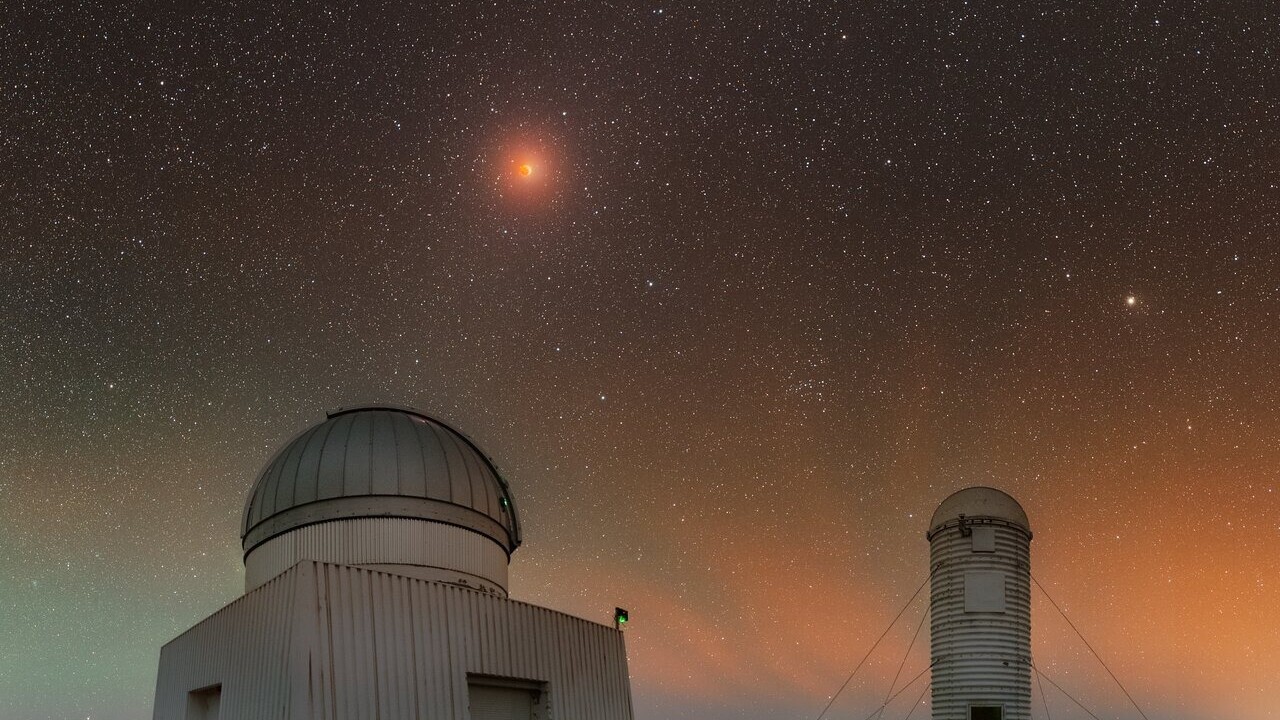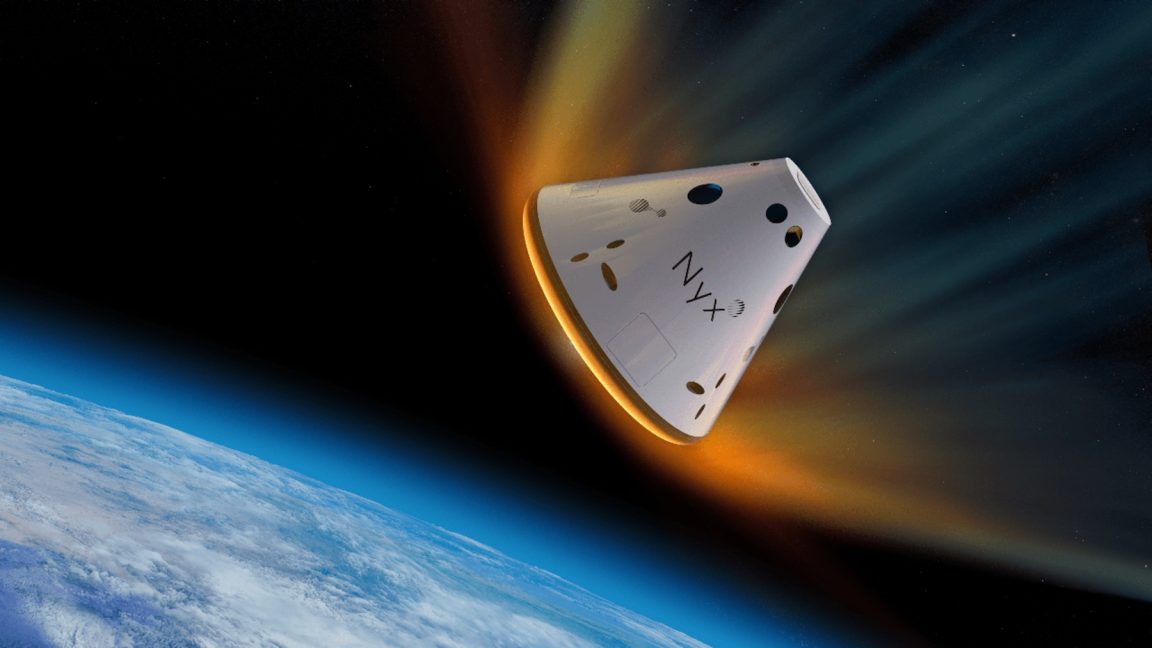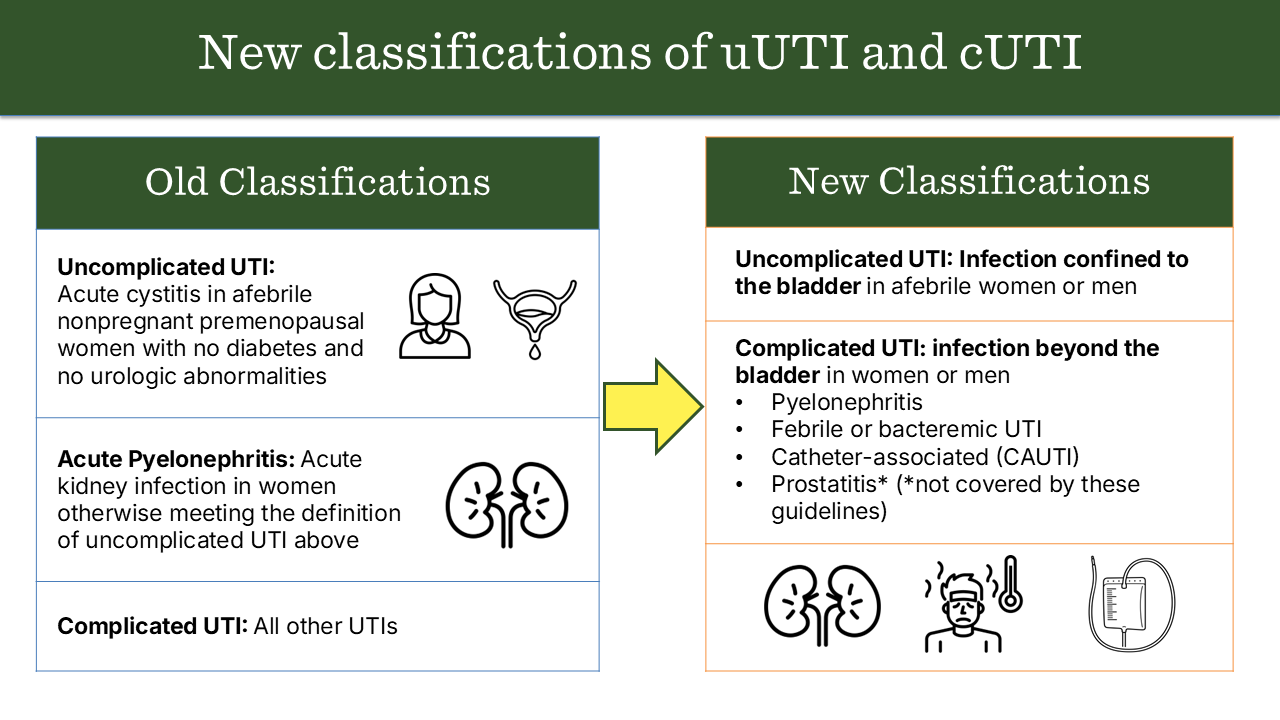When experts began using the Saffir-Simpson scale in the 1970s to assess hurricane intensity, a Category 5 storm represented the ultimate destruction. A cyclone of this magnitude, with sustained winds of at least 157 mph, could devastate any structure of that time, so there was no limit assigned to the most extreme tier of hurricanes. However, according to recent research, storms are now surpassing what was once considered extreme. This has led two scientists to propose a new classification, which they believe several storms already warrant: Category 6.
“Climate change has made the strongest storms demonstrably stronger,” said Michael Wehner, a senior scientist at the Lawrence Berkeley National Laboratory. “Introduction of this hypothetical Category 6 would raise awareness of that.”
Wehner and James Kossin, a distinguished science adviser at the First Street Foundation, suggest that the Category 6 label could be assigned to any tropical cyclone with sustained winds of at least 192 mph. Since 2013, five storms have exceeded this intensity.
Meteorologists have long debated whether the current hurricane scale adequately represents the dangers of today’s storms, as it only considers winds and not other factors like pounding waves or flooding. With this new research, the scientists aim to formalize the discussion in the hope of sparking more academic debate about the ways in which climate change is intensifying weather hazards.
The proposal highlights the significant surge in the potential for extreme storms. As global temperatures rise, the conditions for storms to rapidly strengthen and swirl more forcefully than ever are becoming more common. This is particularly evident in warm basins such as the Gulf of Mexico, where some sea surface temperature readings reached over 100 degrees last summer amid record global warmth. Scientists anticipate that the threat will escalate further once global temperatures average 2 degrees Celsius above preindustrial levels.
The scientists predict that the trend will only accelerate in warm basins such as the Gulf of Mexico, where some sea surface temperature readings surpassed 100 degrees amid record global warmth last summer. Scientists forecast the threat will worsen once planetary temperatures average 2 degrees Celsius (3.6 degrees Fahrenheit) above preindustrial levels. In that scenario, they say the risk of Category 6 storms in the Gulf will double.
Climate change is intensifying hurricanes
Research adds to a growing body of understanding of the impact of global warming on storm intensity. Warmer air holds more moisture, and increased heat provides more energy for storms to unleash. This translates to a higher likelihood of major hurricanes around the world as temperatures rise, with more hurricanes undergoing rapid intensification at accelerating rates.
Their latest paper adds more detail and scientific rigor to our understanding of what climate change means for the most intense hurricanes. They analyzed past storms and found that five stand as outliers relative to past Category 5 storms. They then assessed how often conditions could be ripe for such extreme storms to develop and used climate models to forecast the frequency of Category 6 storms in the future, tying the trend to climate change rather than natural variability.
Some worry a new category could backfire
While there might be a scientific basis for the idea of a Category 6 storm, not all meteorologists will support adopting it. The National Hurricane Center’s description states that a Category 5 storm causes “catastrophic” damage that could make an area “uninhabitable for weeks or months.” There is concern that introducing a Category 6 could diminish the threat perception of a Category 5 storm, since it would no longer be the most severe rating.
Even without the introduction of a Category 6, the Saffir-Simpson scale already faces criticism for only considering wind speeds and not other dangers from storm surge, flooding, or tornadoes. The National Hurricane Center will soon test a new version of its forecast cone to communicate that a storm’s wind hazards extend far from the predicted landfall spot, but they acknowledge that water-related hazards are hurricanes’ deadliest threats.
Bringing the Saffir-Simpson scale into the future
The scientists clarified that their research does not advocate for the addition of Category 6 to the Saffir-Simpson scale. They acknowledge that this decision would require social science research into how it might impact people’s risk perceptions and actions to prepare for tropical cyclones. Instead, they hope their research will convey the significant impact of global warming on hurricanes and raise urgency to better equip coastal communities for new and changing weather extremes.
Hurricanes are getting so intense, scientists propose a Category 6








:max_bytes(150000):strip_icc()/GettyImages-2224638745-363c64e682e24647ae869fb771abf397.jpg)





